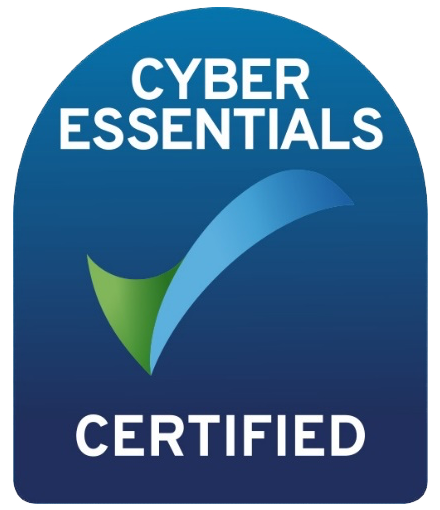
How to... Select the right audio interface (Part 1)
Most secondary-level schools now have some aspect of ICT as part of their music curriculum. Even some primary schools are now incorporating this important aspect of a holistic approach to music: the appropriate use of technology can enhance the learning experience for all pupils.
Audio interfaces provide the connection between audio sources (microphones, keyboards, guitars etc) and a computer. They handle the conversion of the audio signal into a format that a computer – and therefore music software – can understand.
While interfaces are available with a confusingly large number of options, here we are specifically thinking of what might be called ‘entry-level’ interfaces: not necessarily because the audio quality is compromised, but just because the range of features and the number of audio inputs is more limited.
Audio interfaces with either only one or two inputs can be used to record either one or two sources at the same time. Therefore, if you were wanting to record a pair of microphones to create a stereo recording (for example, of your school choir), you would need a minimum of two inputs on the interface. If you only want to record one audio source, say a guitar or vocal microphone, one input will be adequate.
We always suggest that schools who are planning some sort of music ICT suite (i.e. a room with a number of computers that will be used with music software) should consider equipping each computer with a basic interface. The reasons are:
- It provides a front-facing, often full-size headphone socket and volume control
- It does away with the need to be trying to connect and disconnect from a computer headphone socket that might be located inconveniently behind the computer – and which might be easily damaged when headphones are inadvertently yanked out!
- It usually offers the right sort of audio input – an XLR socket for microphones, and/or a jack socket for line-level inputs, such as guitars or keyboards.

- In some cases these can be combined into a single ‘combi’ socket.

- It handles some of the processing which reduces the demand on the computer processor
Depending on the make and model of interface, the connection to the computer will vary; most were historically connected to the USB port on the computer, and while this is still the case, some computers, particularly Apples, are now supplied with USB-C ports, rather than the more traditional USB-A. You might therefore need to buy the right sort of cable that will connect your computer to the interface: while most interfaces are supplied with a cable, it may not be the type that you require.

Nowadays almost every interface will be able to connect to your Windows or Apple computer without having to install drivers (software that enables the computer to see the interface and connect to it); this is called being ‘class-compliant’.
So, when choosing the interface for your situation, ask yourself the following questions:
- How many audio inputs do I need?
- What type of audio connection will I be using – XLR or jack?
- Are the headphones I want to use equipped with full-size or mini jack? (you can always use an adaptor, but better if you don’t have to!)
- What is the USB connection on my computer, and will I need a different cable for the interface that I select?
The team at Chamberlain Music can help you with all these questions of course – just give us a call or email us at sales@chamberlainmusic.com
Finally, you may have a preference for a particular brand – Focusrite, Presonus, Steinberg, M-Audio, Tascam etc. Most companies offer a complete range of interfaces, so you should be able to find what you need. We often recommend either the PreSonus AudioBox Go or the Focusrite Scarlett Solo as good options, but interfaces from any of the companies mentioned above will be reliable, and should do what you need them to.
If you are wanting to record more than two audio channels at a time, you will need an interface with more inputs. Often this will be for a recording studio set up. There are lots of options here as well – you just need to know how many and what type of inputs will be required. Remember, though, that recording multiple audio channels may mean you need a more powerful computer, or additional hard disk storage.
In Part 2 of this article we'll explore the options around these larger interfaces, and what to look out for when recording multiple audio signals at the same time.
